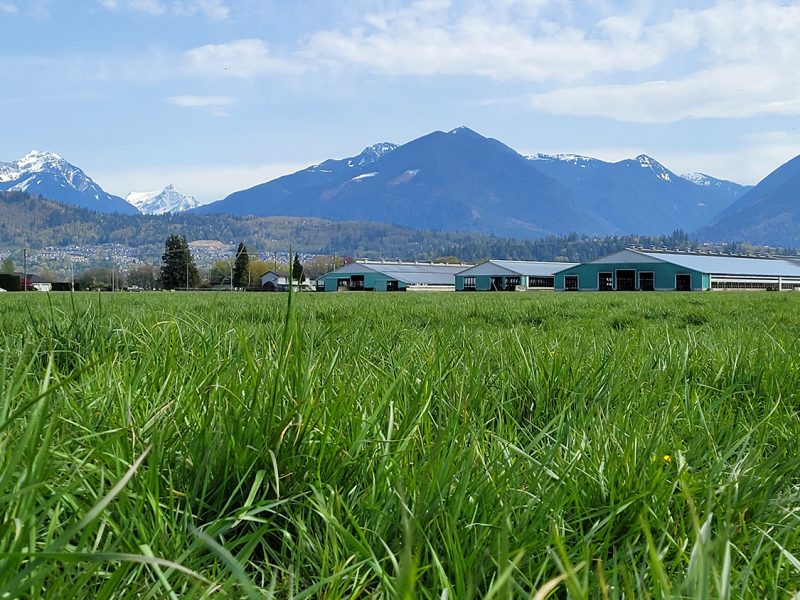BC may have the highest farmland values in Canada, but the rate of increase slowed last year as rising interest rates hit and prices approached their peak.
The annual survey of farmland values released this week by federal agricultural lender Farm Credit Canada reported an 8% increase in average farmland values in BC last year, down from a record 18.1% increase in 2021.
The gain was on par with 2020, when transactions slowed due to COVID-19 restrictions, but still delivered a significant boost. A property that would have been worth just over $6,400 an acre in 2020 is more than $8,165 an acre today.
“This is all about supply and demand,” JP Gervais, vice-president and chief economist with Farm Credit Canada, told media in advance of the report’s release, noting that the increase nationwide averaged 12.8%. “Tight supply is a big driver of what we’re seeing in the market.”
A decline in farmed land as well as owners holding onto the land they’ve got are key factors in the lack of land available to buyers, Gervais says.
“There’s been a decline reported in the census of 12.5%,” he says of the situation in BC, referencing Census of Agriculture data for the period between 2011 and 2021. “Until we see a change in the amount of land being available for sale, I think we’re going to be in this environment where land prices are going to trend higher.”
Demand is driven by strong farmgate receipts, especially for crops.
“Overall crop receipts in 2022 in BC were up 13%,” he says. “The revenues have been moving up, and that’s driving some of the demand for land.”
But land in BC was already the most expensive in the country, meaning even a strong increase in dollar value could translate to a lower percentage increase than in areas where prices are lower.
Within BC, farmland values maxed out last year at $250,000 an acre in the Fraser Valley and $115,100 an acre on Vancouver Island.
Rising interest rates have also put a damper on increases. While farmland values increased 6.5% during the first half of last year in BC, the increase by the end of 2022 was just 8% as higher financing costs limited purchase activity.
But interest rates don’t tell the whole story, Gervais says.
“I don’t think it’s just about interest rates having reached their peak,” Gervais told media. “We’ve not yet seen the full impact of high interest rates on the demand for farmland, because a lot of businesses are still locked in for the long-term.”
Rather, many traditional buyers – who account for upwards of 90% of the market – consider prices to have reached their peak relative to revenues.
Even so, the lack of supply and the strong outlook for farm cash receipts should continue to buoy interest in 2023.
“I’m fairly confident that the market is going to remain fairly stable going forward because of strong revenues,” he says.
FCC farmland values reflect the appreciation of a selection benchmark properties combined with actual sales data for the subject year that excludes the top and bottom 5% of sales to eliminate outlier values.


 Rail corridor approval delayed
Rail corridor approval delayed